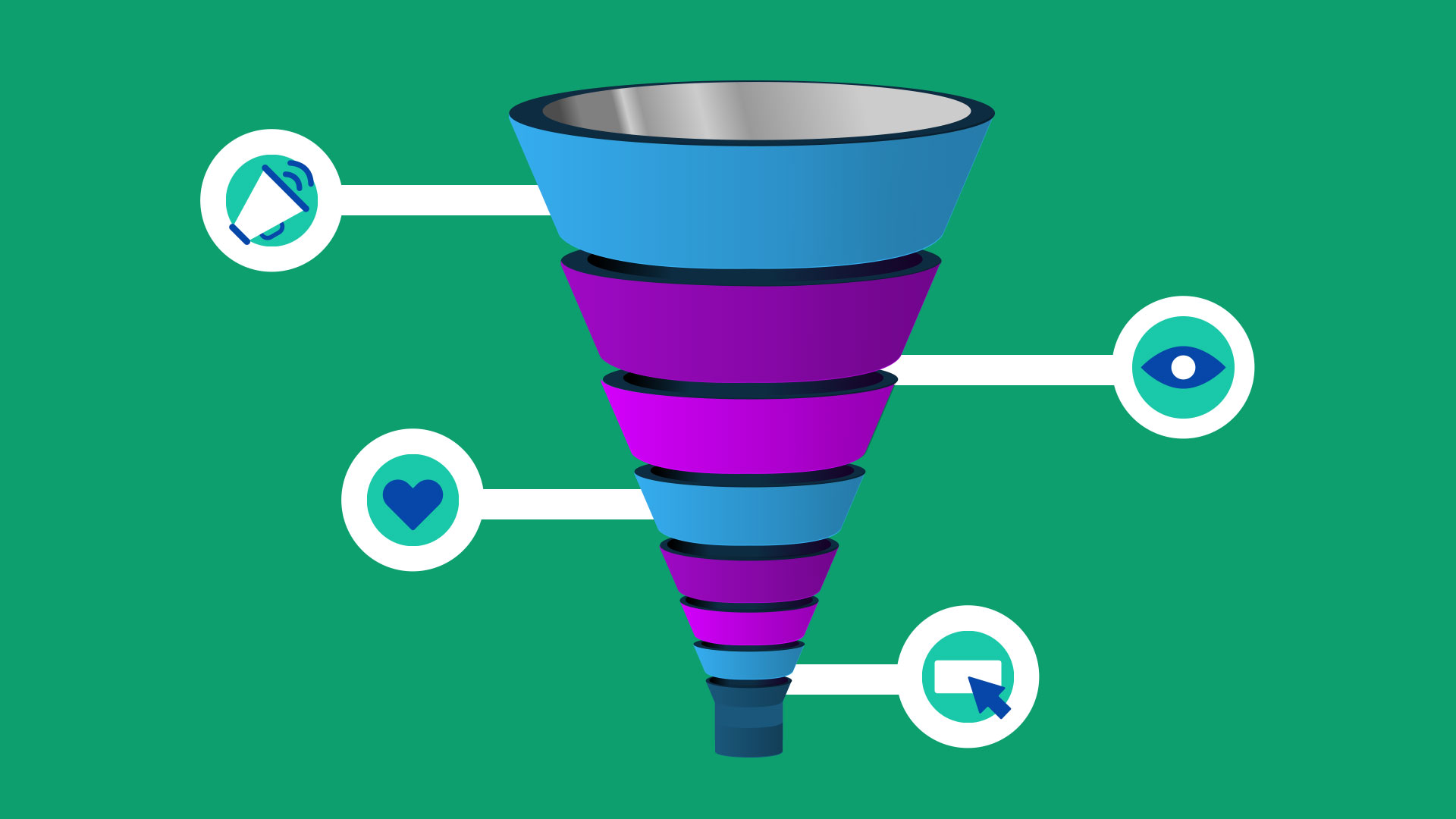A results-driven sales strategy is the backbone of any successful business. Whether you’re a startup or an established enterprise, having a clear, actionable, and effective sales strategy is essential for sustainable growth. A solid sales strategy provides a structured plan for generating revenue, building long-term customer relationships, and achieving business goals.
In today’s competitive market, it’s not enough to rely on traditional sales tactics. You need to create a strategy that adapts to changing customer needs, incorporates cutting-edge technologies, and is backed by data-driven decisions.
What is a results-driven sales strategy?
A results-driven sales strategy focuses on achieving specific outcomes, such as increased sales revenue, improved customer retention, or greater market share. The strategy prioritizes measurable results and aims to align all sales efforts toward meeting the business’s long-term objectives. Key components of such a strategy include clear goals, defined processes, the right tools and technology, a strong team, and a continual focus on improvement.
Unlike traditional sales strategies, which might focus on generic metrics like sales volume, a results-driven strategy hones in on outcomes that matter most to the business, such as conversion rates, customer lifetime value, or return on investment (ROI).
Steps to create a results-driven sales strategy
Step 1: Define clear sales goals

The foundation of any successful sales strategy is clear, measurable goals. Without them, it’s impossible to track progress or know whether your efforts are succeeding. Your goals should be specific, measurable, attainable, relevant, and time-bound (SMART). Here are some examples of sales goals:
- Increase sales by 25% in the next quarter
- Grow customer retention by 15% in the next six months
- Reduce customer acquisition cost by 20%
- Achieve a 10% conversion rate from leads to customers
By defining clear goals, you provide a framework for your sales team to follow. These goals help your team stay focused and align their efforts toward what matters most to the business.
Tip: Regularly track and review your sales goals to ensure they remain relevant and aligned with your overall business strategy.
Step 2: Understand your target audience
To create a results-driven sales strategy, you must understand your target audience inside and out. This involves researching your ideal customer profiles (ICPs) and creating buyer personas. Buyer personas are semi-fictional representations of your ideal customers, based on real data and insights.
Take the time to understand:
- Who your ideal customers are (demographics, job titles, industries, etc.)
- What their pain points are
- What drives their purchasing decisions
- Where they spend time online
- How they prefer to be contacted (email, phone, social media, etc.)
The more you understand about your target audience, the more effectively you can tailor your messaging, outreach, and product offerings. Personalization is key to a successful sales strategy because customers respond better to messages that resonate with their needs and desires.
Example:
A B2B software company targeting small business owners would tailor its messaging to address the specific challenges of small businesses, such as budget constraints, the need for efficiency, and scalability.
Step 3: Create a sales funnel

A well-defined sales funnel is a critical part of any results-driven sales strategy. The sales funnel is the journey a potential customer takes from initial awareness to making a purchase. Typically, the sales funnel consists of the following stages:
- Awareness – Prospects become aware of your brand, product, or service.
- Interest – Prospects show interest by engaging with your content or offering.
- Consideration – Prospects evaluate your offering against competitors.
- Decision – Prospects decide to make a purchase.
- Post-purchase – After the purchase, the focus shifts to retention and turning customers into brand advocates.
For your strategy to be results-driven, you need to ensure that your sales funnel is optimized at every stage. That means having the right content, tools, and touchpoints to guide prospects down the funnel toward conversion. For example, providing educational content at the awareness stage and case studies or product demos during the consideration phase can help nurture leads toward a purchase.
Tip: Use tools like CRM software to track leads as they move through the sales funnel and identify opportunities for improvement.
Step 4: Identify key sales metrics
A results-driven sales strategy must be built on a strong foundation of data. Tracking the right metrics will allow you to evaluate the performance of your sales efforts, identify areas for improvement, and refine your approach over time. Common sales metrics to monitor include:
- Lead conversion rate – The percentage of leads that convert into paying customers.
- Average deal size – The average revenue generated per sale.
- Sales cycle length – The time it takes for a lead to go from awareness to decision-making.
- Customer lifetime value (CLV) – The total revenue a customer generates over their lifetime.
- Customer acquisition cost (CAC) – The cost to acquire a new customer.
These metrics give you clear insights into which aspects of your sales process need attention. For instance, if your conversion rate is low, you may need to work on refining your sales pitch or nurturing leads more effectively.
Tip: Use automated reporting tools to track these metrics in real time and provide actionable insights to your team.
Step 5: Invest in sales training and development

Even the best sales strategy is ineffective without a skilled team to execute it. That’s why sales training and development are crucial components of a results-driven sales strategy. Ongoing training helps your sales team stay up-to-date with the latest tools, techniques, and industry trends. It also fosters confidence and improves performance.
Sales training should cover:
- Product knowledge – Salespeople must understand your product inside and out to effectively sell it.
- Sales techniques – From consultative selling to objection handling, providing your team with a diverse skill set is essential.
- CRM and sales tools – Training on CRM software, email marketing tools, and other platforms will improve efficiency and organization.
- Soft skills – Communication, empathy, and emotional intelligence are all vital in building strong customer relationships.
By investing in your sales team’s growth, you ensure that they’re equipped to achieve the results you’ve defined in your sales strategy.
Step 6: Leverage technology to streamline sales efforts
In today’s digital age, leveraging sales technology is crucial for efficiency. Many tools and platforms can help your sales team optimize their efforts, improve outreach, and track performance. Some essential sales tools include:
- CRM software – Platforms like Salesforce or HubSpot help track customer interactions, manage leads, and improve collaboration across your team.
- Email marketing tools – Tools like Mailchimp or ActiveCampaign enable you to automate email outreach and segment customers for personalized messaging.
- Sales enablement tools – Tools like Seismic or Highspot allow sales reps to easily access content, proposals, and sales collateral.
- Analytics platforms – Tools like Google Analytics and Tableau provide insights into website performance and customer behavior.
Using the right tools can help your sales team work smarter, not harder, and ensure they’re driving the results you’re aiming for.
Step 7: Foster strong customer relationships

Building long-term relationships with customers is a cornerstone of a results-driven sales strategy. While closing deals is important, retaining customers and encouraging repeat business is equally crucial for sustainable growth. To build strong customer relationships:
- Provide exceptional customer service and support.
- Engage customers post-purchase through surveys, newsletters, or loyalty programs.
- Ask for feedback and continuously improve based on customer input.
- Create community – Develop a community where customers can interact with each other and your brand.
By focusing on customer success and satisfaction, you ensure that your customers not only make a purchase but also stay loyal, increasing the likelihood of repeat sales and referrals.
Example:
A subscription-based business might implement a customer loyalty program that rewards customers for referring others or for staying subscribed for a certain period. This kind of customer-centric approach can drive repeat sales and word-of-mouth referrals.
Step 8: Regularly review and adjust the strategy
A successful results-driven sales strategy is one that evolves over time. You need to regularly assess the performance of your strategy and make adjustments as needed. Key questions to ask during a review include:
- Are we meeting our sales goals?
- Are there areas of the sales funnel that need improvement?
- Is our sales team fully equipped with the tools and knowledge to succeed?
- Are we effectively tracking and acting on customer feedback?
Continuously refining and optimizing your sales strategy ensures that you stay ahead of the competition and consistently drive results.
Creating a results-driven sales strategy is essential for achieving business growth and long-term success. By setting clear goals, understanding your audience, and leveraging the right tools and techniques, you can build a sales process that consistently delivers results. Focus on continuous improvement, stay adaptable, and keep your customers at the center of your strategy for optimal outcomes.
Frequently Asked Questions (FAQs)
Q1: What are the key elements of a results-driven sales strategy?
A1: A results-driven sales strategy includes clear sales goals, a well-defined sales funnel, data-driven decision-making, continuous training, and the use of the latest sales technology. It also involves building strong relationships with customers and regularly reviewing the strategy for improvement.
Q2: How can I improve my sales team’s performance?
A2: You can improve your sales team’s performance by providing them with ongoing training, equipping them with the right tools, offering incentives, and fostering a collaborative environment. Regular feedback and goal-setting also help improve performance.
Q3: How do I create an effective sales funnel?
A3: To create an effective sales funnel, understand your customer journey, segment your leads, and provide targeted content at each stage of the funnel. Regularly optimize the funnel based on performance metrics and feedback to improve conversion rates.
Q4: How do I track the success of my sales strategy?
A4: To track the success of your sales strategy, monitor key metrics such as conversion rate, lead generation, sales cycle length, and customer lifetime value. Use CRM tools to keep track of these metrics in real time for actionable insights.




